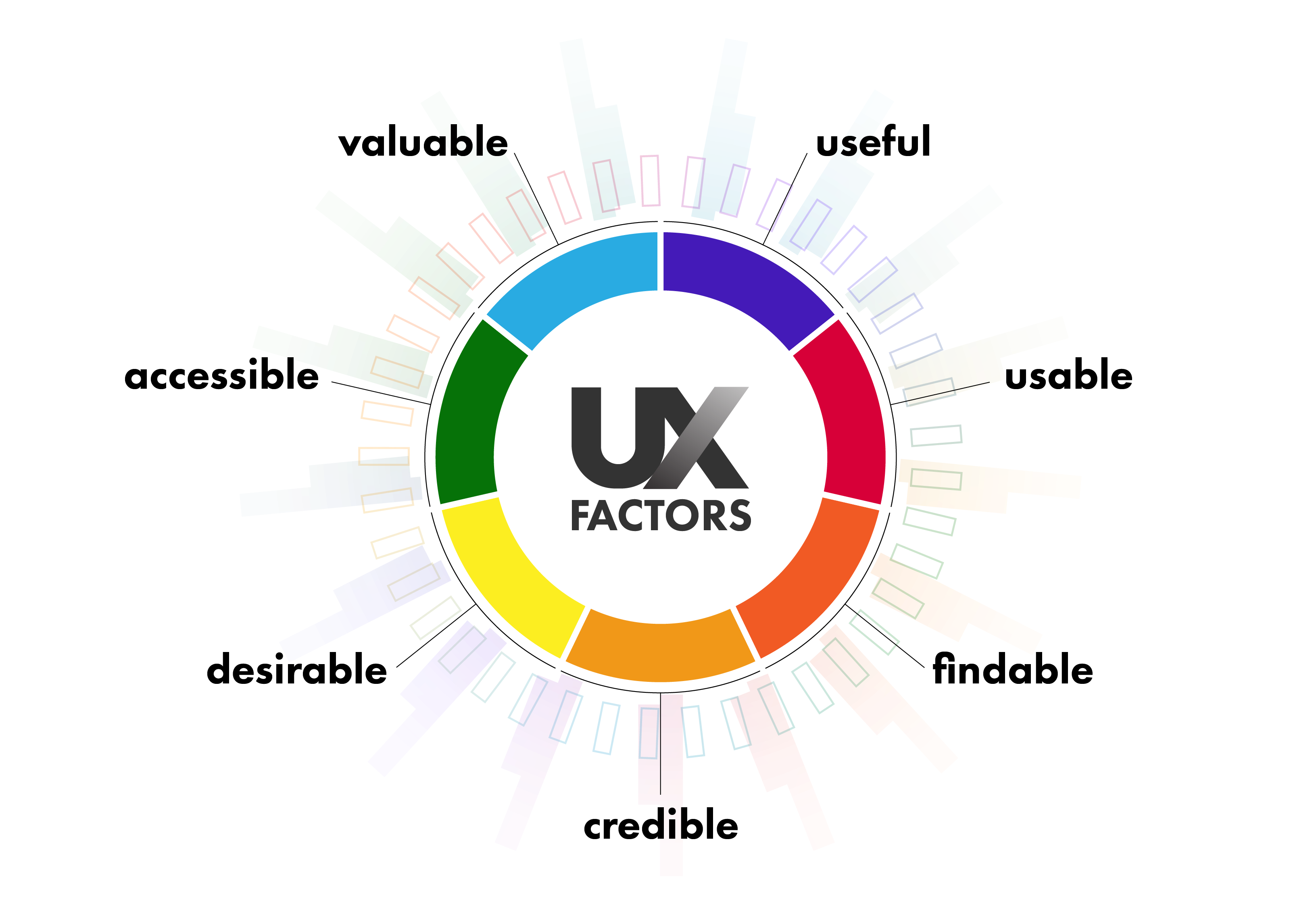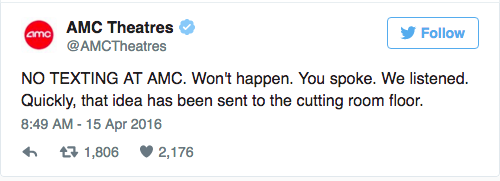
Blog
UX Part 1 of 9: From the Top: The User Experience
The User Experience, "UX" for short, encompasses all aspects of a customer’s interaction with a company, from its products to its services, and all channels and touchpoints in between. “A touchpoint is any interaction that might alter the way that your customer feels about your product, brand, business or service, including word-of-mouth. A channel is where an interaction takes place, e.g., email, website, store. Companies can utilize a customer journey map to help understand how to strategize and execute helpful channels and touchpoints that align with business needs and consumer goals.
The big-picture user experience applies to the entirety of a customer’s relationship with a company and its products and services. This includes anything from standing in line at a store to fiddling with the confounding controls on your motorcycle’s dash in an attempt to switch the 12-hour clock to the 24-hour clock. Even the conversation you heard on the subway regarding two strangers either praising or condemning their experience with Company or Product X.
A website is an important channel for almost any business. This post breaks down the basics of the user experience for the web. Note that many of the aspects from the online user experience also apply to other channels, e.g., the visual design of a product, the usability of a retail outlet's physical layout, etc.
“We have a double-edged relationship with the products and services we use. They empower us and frustrate us; they simplify and complicate our lives; they separate us and bring us closer together. But even though we interact with countless products and services every day, we easily forget that they are made by people, and that someone, somewhere should get the credit when they work well for us — or get the blame when they don’t.” — Jesse James Garrett, The Elements of User Experience
The Seven Basic Factors that Influence UX
The primary goal of the user experience is to provide value for your customers/users. People want answers to their problems as fast and painlessly as possible. Time is limited, and the options for products and services are vast, so it's a good idea not to waste a potential customer's time with lazy or garrulous executions.

Valuable: Be relevant. Users arrive at your site with specific problems that they need solved, so help them get to the point.
Useful: Strive for originality in your content, stay focused and fulfill a need. Remember that people have come to your site for a reason: they need a problem solved. Don't be afraid to inject the business's personality into the experience to help users get to know you and what it's like to do business with you. You're likely offering similar products or services to other businesses, so put some effort into differentiation. Talk is cheap; don't tell people you're better, show them.
Usable: Few people want to have to solve a Rubik's Cube in order to find a solution to their problem. You want the experience to be as easy as possible. Keep it relevant, effective and as simple as possible without sacrificing ease of use.
Findable: User frustration is definitely an enemy to a quality user experience. It's the same as being at a store and not being able to find what you're looking for. Imagine not being able to find something, and then asking a clerk for help and they just shrug their shoulders. Personally, I'm walking out and looking for a solution to my need somewhere else. Make it easy for users to find what they need, and for rare instances where they can't, make sure they have an alternative option for getting help with finding what they are looking for.
Credible: Users must trust and believe what you tell them. The goal of marketing and design is not to bamboozle people, it's to convey the truth and inform users on their journey, in an effective and compelling manner. Again, show, don't tell.
Desirable: Build an emotional connection. Humans are feeling beings, so it pays to evoke interest. Most people can tell the difference between a stock greeting card and a card someone made on their own. The crafted card exhibits the personality of the maker. Be sure to incorporate visuals, brand identity and other design elements consistently in order to evoke emotion and appreciation, and to forge a connection.
Accessible: Not everyone has full use of all their faculties, but this doesn't mean they need to be ignored. Computing devices make it possible for people with limited sight, hearing and other disabilities to access content on the web. Whether the result of disease or aging, the good news is that content can be made accessible to most everyone.
In my upcoming posts we'll take a look at some of the primary sub-disciplines involved in crafting an effective user experience, which includes:
- Information Architecture
- Visual Design
- Functionality
- Usability
- Marketing
- User Interface
- Content Strategy
- Interaction Design
If you want our help with website design, let us know.
Subscribe to email updates
Recent posts

Related Articles

Topics

Topics

Topics






